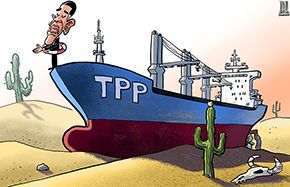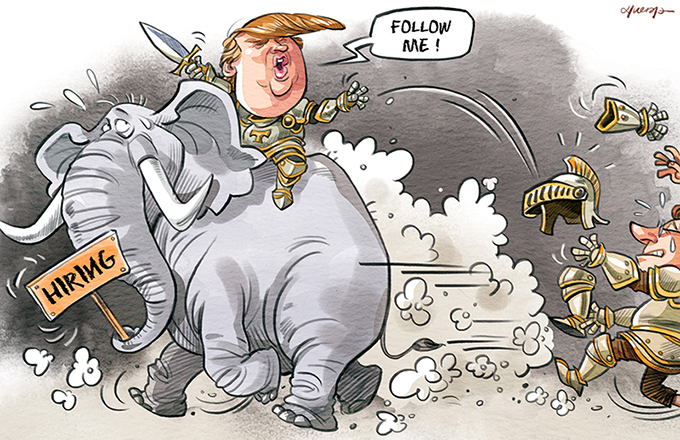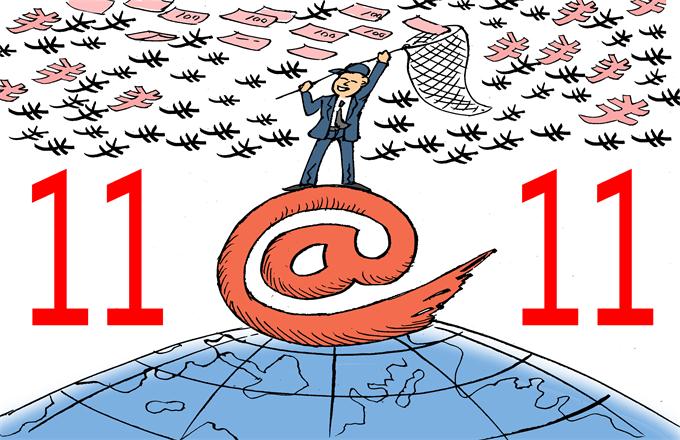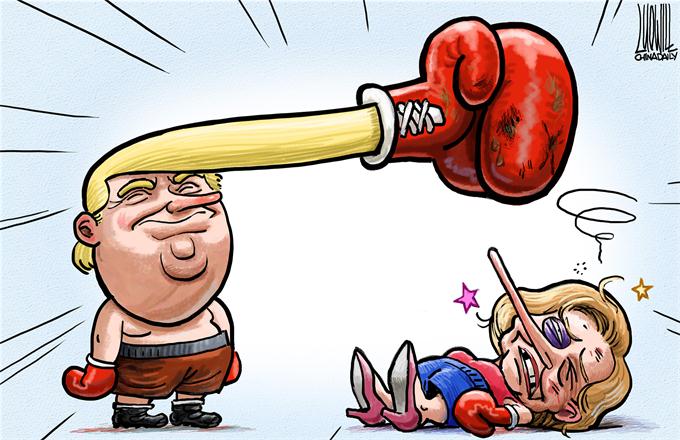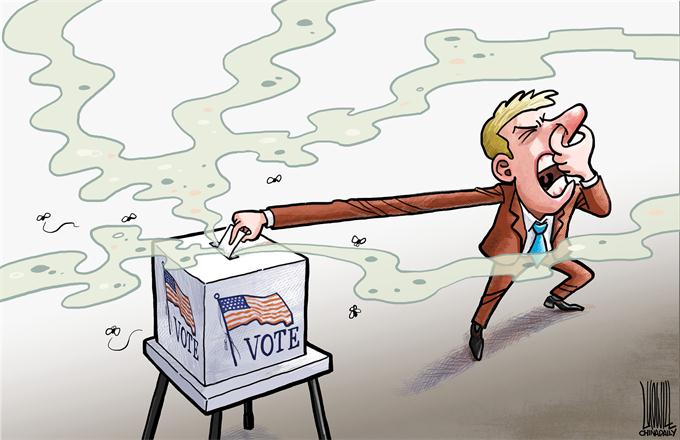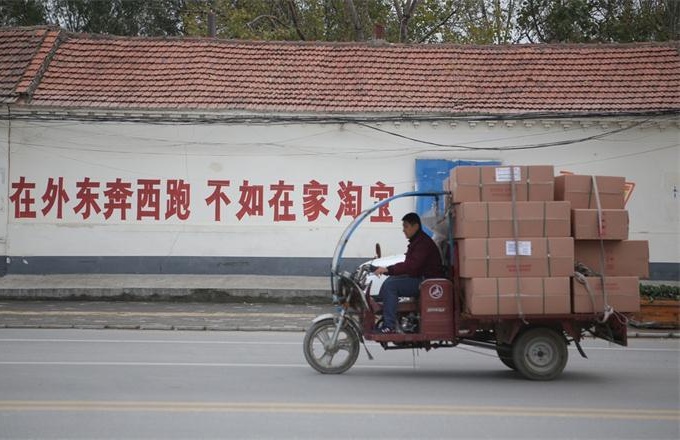Free trade still the priority for APEC
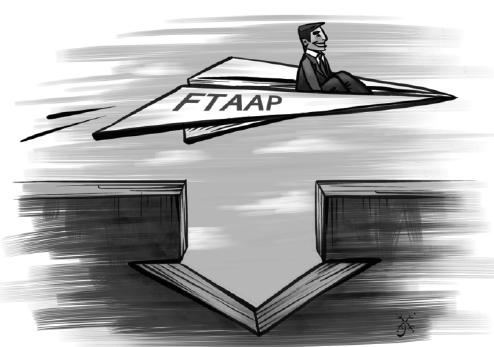 |
|
MA XUEJING/CHINA DAILY |
The 2016 Asia-Pacific Economic Cooperation Economic Leaders' Meeting, to be held in Lima, Peru, on Saturday and Sunday, will see the leaders of 21 member economies exchange views on economic integration and trans-Pacific cooperation.
As the only APEC member of the Andean Community and the host of this year's APEC meeting, Peru has enjoyed close economic relations with other economies in the Asia-Pacific region since it joined the 21-member bloc in 1998. And that it has made "quality growth and human development" the theme of the APEC meeting reflects its pursuit of quality and equitable growth in the region.
In other words, APEC members believe economic growth should eventually improve people's livelihoods, which is in line with the quality growth consensus reached by the bloc's leaders at last year's meeting in Manila. This in turn will help developing countries realize their promise to reduce poverty, narrow the income gap and promote inclusive growth with stronger economic performance.
Compared with the APEC meeting in Manila which put emphasis on institutional overhaul, social integration and environmental-protection, the Lima meeting is likely to seek solutions to advance regional economic integration and quality growth, expand the regional food market, modernize micro-, small- and medium-sized enterprises, and develop human capital.
Besides, how to deepen economic integration within the region to allow the Free Trade Area of the Asia-Pacific to play a key role should also be high on the agenda of the APEC leaders attending the Lima meeting.
During the Beijing 2014 APEC meeting, the "Beijing Roadmap for APEC's Contribution to the Realization of the FTAAP" was hailed as a milestone document, leading to a collective strategic study over the past two years on the feasibility and profitability of the cross-border initiative. That's why the eight-chapter report on the subject to be unveiled in Lima will be closely watched.
Of course, the completion of the report is just the beginning, because a timetable for FTAAP negotiations cannot be fixed unless all APEC members agree with the report. That could take time and delicate diplomatic maneuvering, even as more contributions are expected from the Pacific Alliance, comprising Chile, Peru, Mexico and Colombia, to expedite economic integration.
Amid increasing concerns over climate change, food security is likely to be another priority for APEC members. As an agricultural country, Peru has always been interested in participating in the international food market. So it is likely to pursue further implementation of the Boracay Action Agenda to Globalize MSMEs (micro-, small- and medium-sized enterprises) approved at the 2015 Manila meeting. Priority will also be given to the development of human capital to optimize regional growth.
High hopes have been placed on China, the world's second-largest economy and a major contributor to the APEC community, against the backdrop of lackluster global growth, rise of trade protectionism and increasingly fragmented regional integration. As a determined endorser of the FTAAP, Beijing is more than willing to make extra efforts to uphold multilateral trade under the framework of the World Trade Organization and fight against protectionism.
Therefore, the Lima meeting is an an apt occasion for China and other APEC economies to vow to improve regional connectivity, intensify urbanization and expand the internet-based economy, which have all yielded excellent results in China.
The author is a senior research fellow at the National Institute of International Strategy, Chinese Academy of Social Sciences, and chief research fellow at the China-ASEAN Research Institute, Guangxi University.
- APEC meeting vital to progress on Asia-Pacific free-trade zone, says Mexican expert
- APEC 2016: Chinese visitors to Peru rank No 1 in business, investment
- 2016 APEC Economic Leaders' Week kicks off in Peru
- Strategic study on FTAAP may be approved at APEC meeting in Peru
- Lima APEC expected to advance regional economic integration
- Xi's attendance at APEC will promote regional economic integration: senior officials
- Tianjin holds 2nd APEC sustainable development forum
- Peru may attract more foreign investment through APEC 2016: expert
- APEC members discuss energy sustainability in Tianjin





